Articles > Geography
Think you know the US well enough to ace the US Metropolitan Statistical Areas quiz? Here are the 25 largest according to 2023 population estimates.
New York–Newark–Jersey City, NY-NJ MSA – 19,498,249
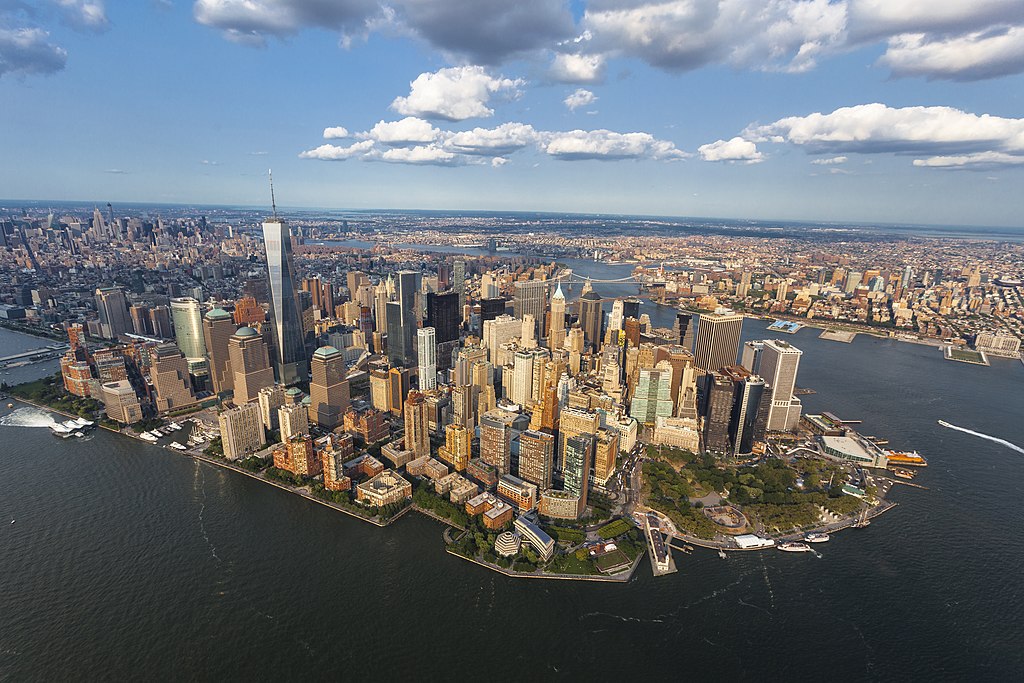
The New York–Newark–Jersey City metropolitan area is the largest in the United States, with a population of over 19.4 million people. This metropolitan area includes New York City, which is the most populous city in the country, along with neighboring areas in New Jersey and Connecticut. Known for its bustling streets, towering skyscrapers, and cultural influence, New York City is a global hub for finance, entertainment, and media. The metro area boasts landmarks such as Times Square, the Empire State Building, and the Statue of Liberty. With a diverse population, New York has a rich cultural scene, offering world-class museums, theaters, and dining. The region’s economy is vast, fueled by industries like finance, technology, fashion, healthcare, and tourism. The area’s public transit system, including the famous subway, is essential for moving people across the metro’s five boroughs. Despite its high cost of living, New York remains a top destination for business and leisure alike.
Los Angeles–Long Beach–Anaheim, CA MSA – 12,799,100
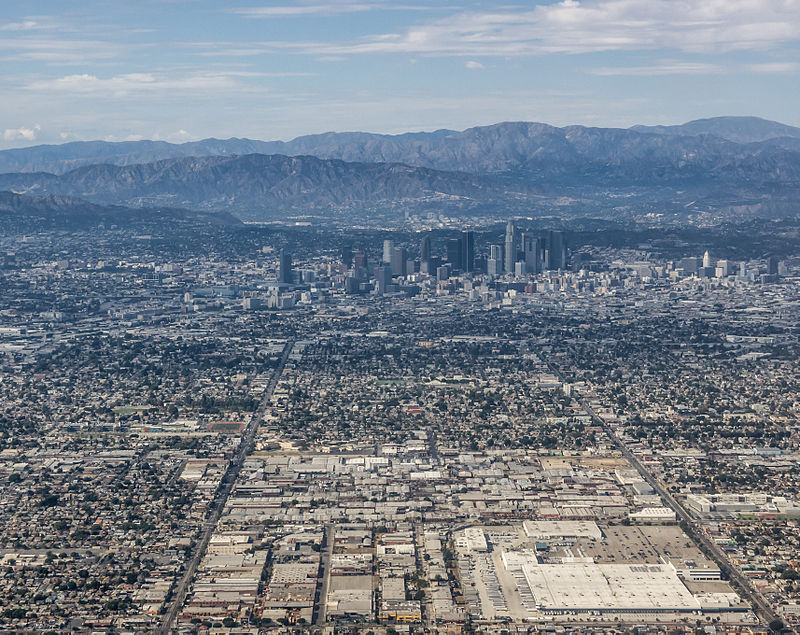
With over 12.7 million people, the Los Angeles–Long Beach–Anaheim metropolitan area is the second-largest in the U.S. and is known worldwide for its influence in the entertainment industry. Hollywood, located within this metro, is the heart of the global film and television production world. Beyond entertainment, Los Angeles is a major center for international trade, technology, aerospace, and manufacturing. The area’s geography includes sunny beaches, mountainous terrain, and sprawling urban neighborhoods. Iconic landmarks like the Hollywood Sign, Griffith Observatory, and Santa Monica Pier attract millions of visitors each year. The city’s diverse population creates a melting pot of cultures, which is reflected in its vibrant neighborhoods and culinary scene. With a large immigrant population, Los Angeles continues to grow and evolve as a global economic and cultural powerhouse.
Chicago–Naperville–Elgin, IL-IN MSA – 9,262,825

The Chicago–Naperville–Elgin metropolitan area, home to over 9.2 million people, is a major financial and cultural center in the U.S. Chicago, known as “The Windy City,” has long been a leader in industries such as finance, technology, transportation, and manufacturing. The metro area’s iconic skyline, which includes the Willis Tower and John Hancock Center, is an international symbol of urban architecture. Chicago is also a hub for arts and culture, with world-class museums like the Art Institute of Chicago and theaters like the Chicago Theatre. The city’s diverse neighborhoods offer everything from upscale shopping and dining in the Magnificent Mile to the blues music scene of South Side. Additionally, Chicago is a central transportation hub, with O’Hare International Airport serving as one of the busiest airports in the world.
Dallas–Fort Worth–Arlington, TX MSA – 8,100,037
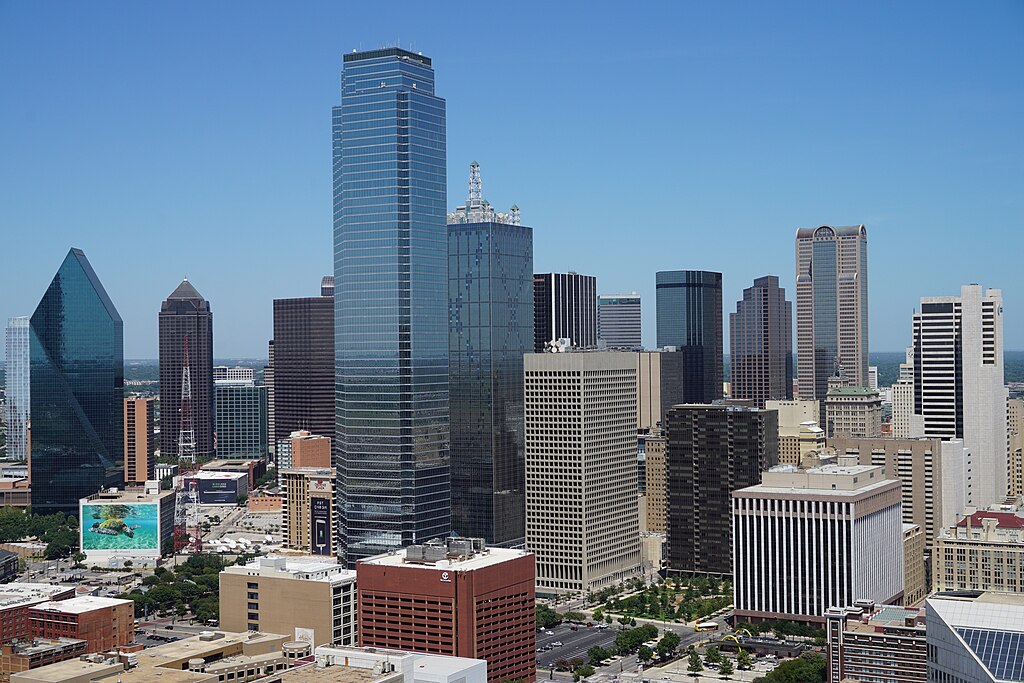
The Dallas–Fort Worth–Arlington metropolitan area, known as the “Metroplex,” has a population of over 8.1 million people. This vast region includes both Dallas and Fort Worth, two distinct cities with their own character. Dallas is a major economic hub, particularly in the fields of finance, technology, and telecommunications. Fort Worth, on the other hand, is known for its rich history, particularly in cattle ranching and the western lifestyle. The region also boasts strong educational institutions, including the University of Texas at Arlington, and a thriving arts scene. The metro area is home to numerous Fortune 500 companies and has a robust job market. The Dallas/Fort Worth International Airport is one of the busiest in the world, linking the area to global markets. The region’s diverse population and strong economic base make it a vibrant and growing area in the U.S.
Houston–Pasadena–The Woodlands, TX MSA – 7,510,253
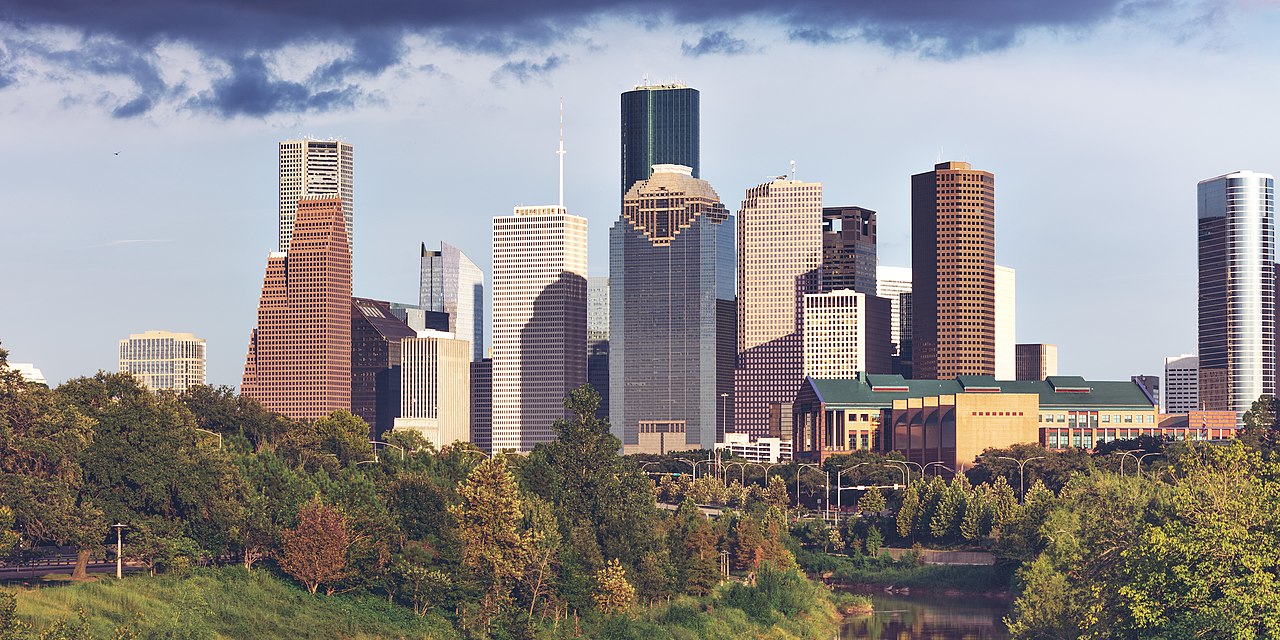
The Houston–Pasadena–The Woodlands metropolitan area, with a population of over 7.5 million people, is the largest metro area in Texas and one of the fastest-growing in the nation. Houston is renowned for its energy sector, particularly oil and gas, and is home to a number of major energy companies. The city’s economy is also bolstered by sectors like aerospace, healthcare, and technology. Houston’s cultural diversity is evident in its vibrant arts scene, with institutions such as the Museum of Fine Arts and the Houston Symphony. The city’s culinary scene, with a wide variety of ethnic restaurants, reflects its multicultural population. Houston’s lack of zoning laws and sprawling suburbs are unique characteristics, making it one of the most affordable big cities in the U.S.
Atlanta–Sandy Springs–Roswell, GA MSA – 6,307,261
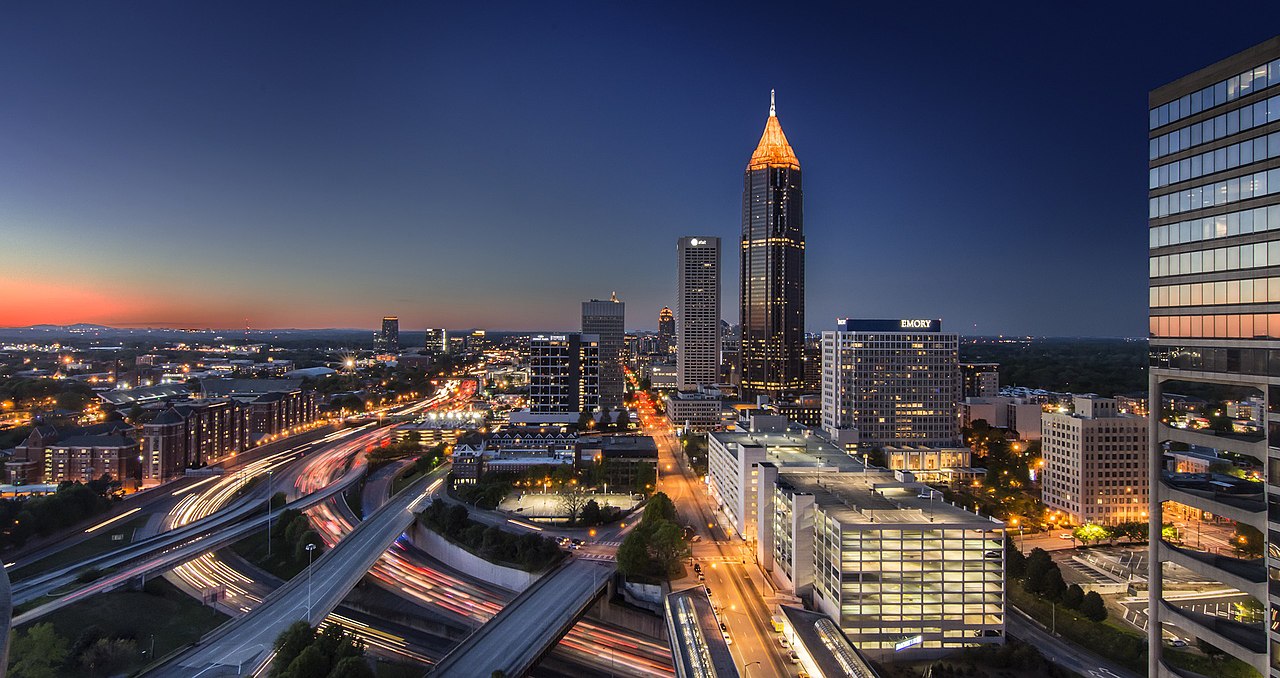
With a population of over 6.3 million people, the Atlanta–Sandy Springs–Roswell metropolitan area is a major economic and cultural center in the southeastern U.S. Known as the “City in a Forest” due to its abundance of trees, Atlanta is a diverse and rapidly growing city. It serves as the headquarters for several Fortune 500 companies, including Coca-Cola, Delta Air Lines, and Home Depot. The city has a rich history, particularly in the Civil Rights Movement, and is home to important historical sites like the Martin Luther King Jr. National Historical Park. Atlanta is also a hub for media, with CNN and Turner Broadcasting headquartered in the city. Its transportation infrastructure is a key driver of the metro area’s growth, including Hartsfield-Jackson Atlanta International Airport, one of the busiest in the world.
Washington–Arlington–Alexandria, DC-VA-MD-WV MSA – 6,304,975
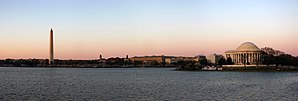
The Washington–Arlington–Alexandria metropolitan area, with a population of over 6.3 million, is the nation’s capital region. This metro area is home to the U.S. federal government, and its economy is heavily driven by public policy, defense, and government contracting. Washington, D.C. itself is known for its iconic monuments, museums, and the National Mall. The metro area also includes vibrant suburbs in Maryland and Virginia, offering a mix of urban and suburban living. Arlington and Alexandria are particularly known for their proximity to D.C. and their historic charm. The D.C. area is also a hub for higher education and research, with renowned institutions such as Georgetown University and the Smithsonian Institution. The metro is well-connected through a comprehensive public transportation system and major highways.
Philadelphia–Camden–Wilmington, PA-NJ-DE-MD MSA – 6,246,160
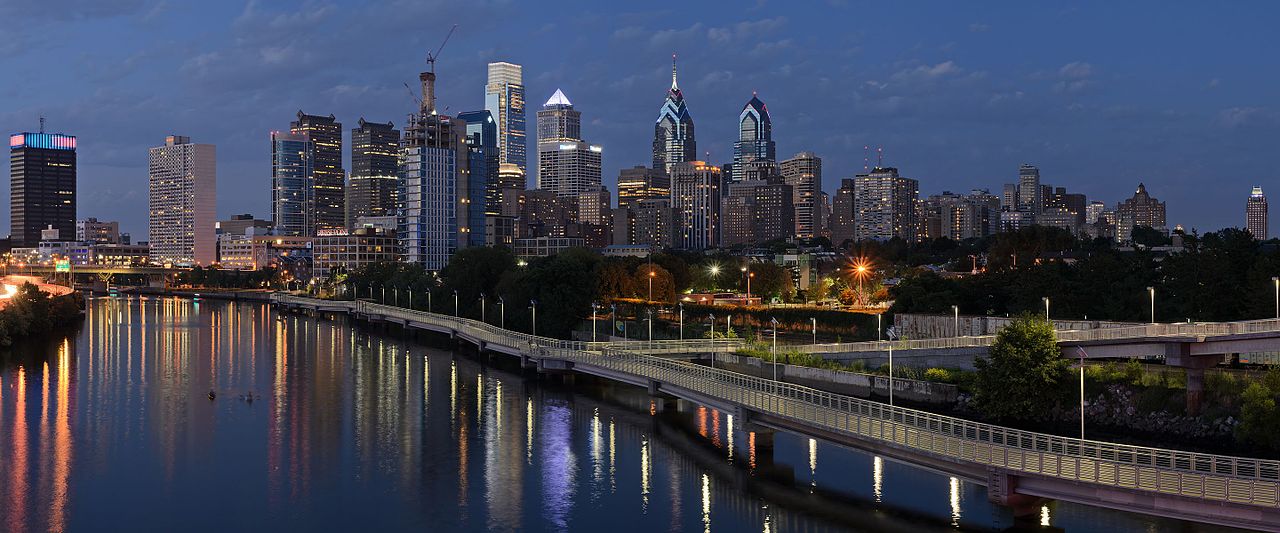
The Philadelphia–Camden–Wilmington metropolitan area, with over 6.2 million people, is one of the largest and most historically significant metro areas in the U.S. Philadelphia, known as the “City of Brotherly Love,” is home to many American historical landmarks, including the Liberty Bell and Independence Hall, where the Declaration of Independence was signed. The area is an economic hub, with strengths in sectors such as education, healthcare, and biotechnology. The city’s public universities, such as the University of Pennsylvania, contribute significantly to its research and development sector. The region also boasts a vibrant arts scene, with theaters, museums, and music venues. The metro area is connected by an extensive public transit system, which includes buses, trains, and the Philadelphia International Airport.
Miami–Fort Lauderdale–West Palm Beach, FL MSA – 6,183,199
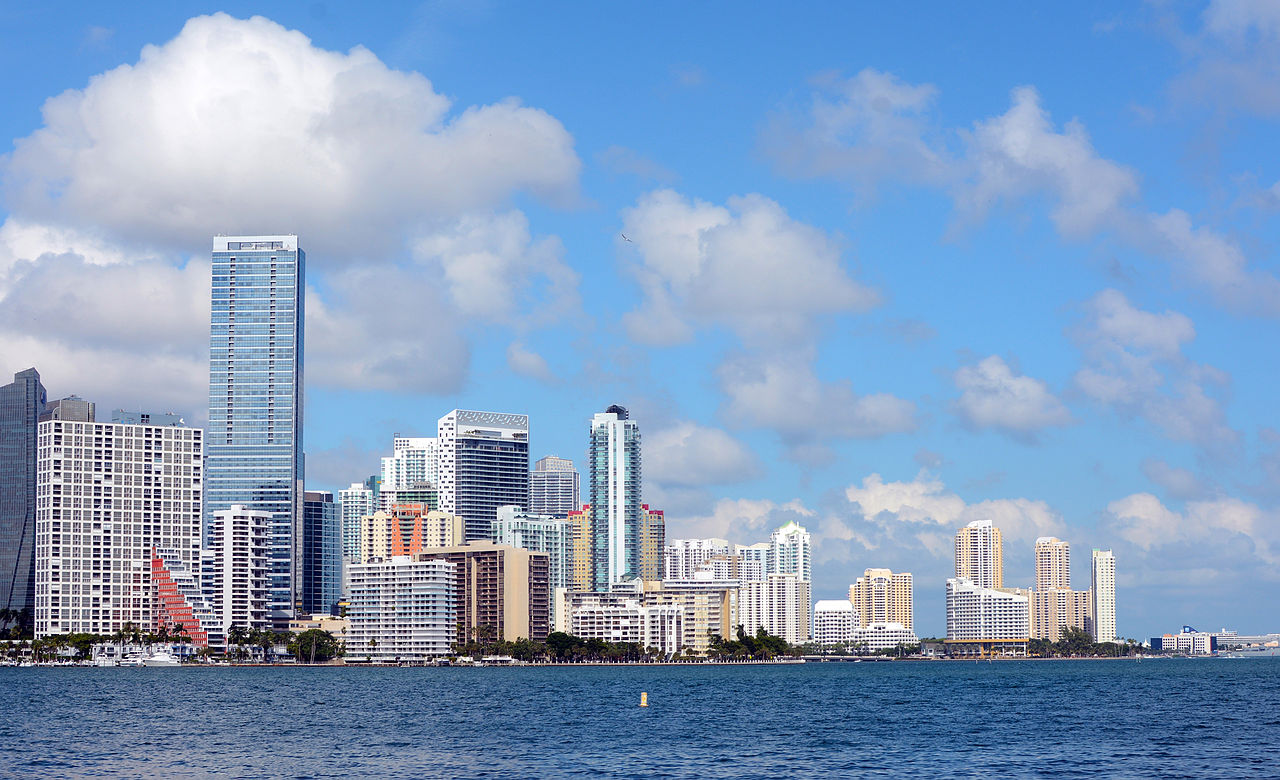
The Miami–Fort Lauderdale–West Palm Beach metropolitan area, with a population of over 6.1 million people, is a major international gateway located in southeastern Florida. Miami, often referred to as the “Magic City,” is known for its vibrant nightlife, stunning beaches, and diverse cultural scene. The city’s economy is driven by tourism, international trade, real estate, and finance. Miami is also home to Little Havana, a vibrant Cuban-American neighborhood, and the Wynwood Arts District, famous for its street art. Fort Lauderdale and West Palm Beach offer a mix of suburban tranquility and urban development, both benefiting from a growing tech sector. The region’s proximity to Latin America further enhances its status as a global business hub. Miami International Airport is one of the busiest in the U.S. for international flights, making the city a key global transportation link.
Phoenix–Mesa–Chandler, AZ MSA – 5,070,110
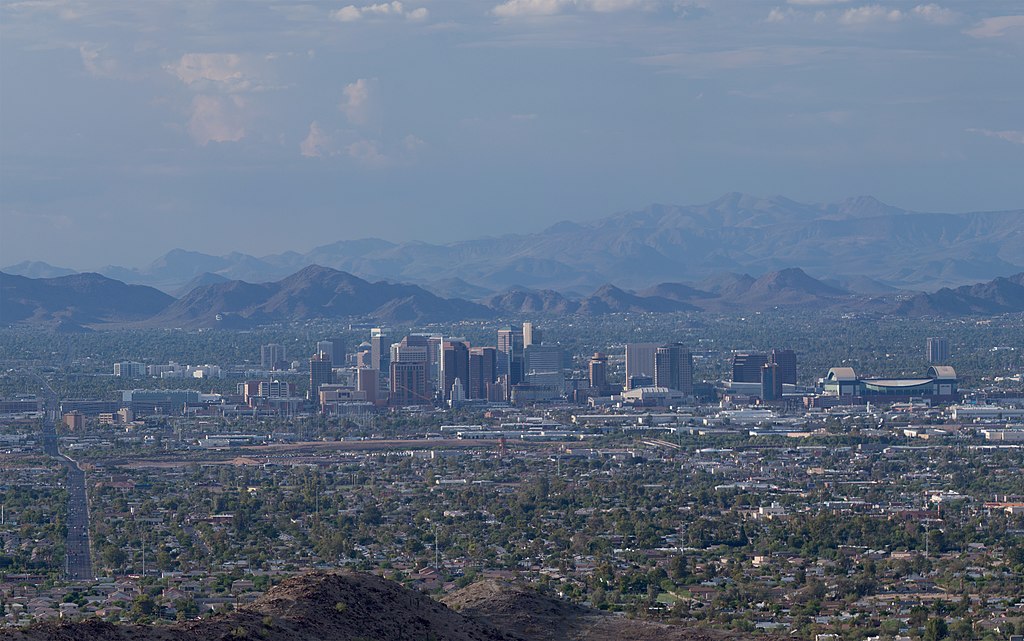
With a population exceeding 5 million people, the Phoenix–Mesa–Chandler metropolitan area is one of the fastest-growing regions in the U.S. Located in the deserts of Arizona, Phoenix is known for its hot climate, modern architecture, and outdoor lifestyle. The area is an economic powerhouse, driven by sectors such as technology, manufacturing, and real estate. Phoenix serves as a regional hub for the healthcare and educational industries, with institutions like the Mayo Clinic and Arizona State University. The metro is also a leader in sustainability, with growing initiatives focused on water conservation and green energy. The region offers a blend of urban living and scenic desert landscapes, making it a popular destination for both tourists and new residents. Phoenix Sky Harbor International Airport is a major transportation hub, connecting the city to global destinations.
Boston–Cambridge–Newton, MA-NH MSA – 4,919,179
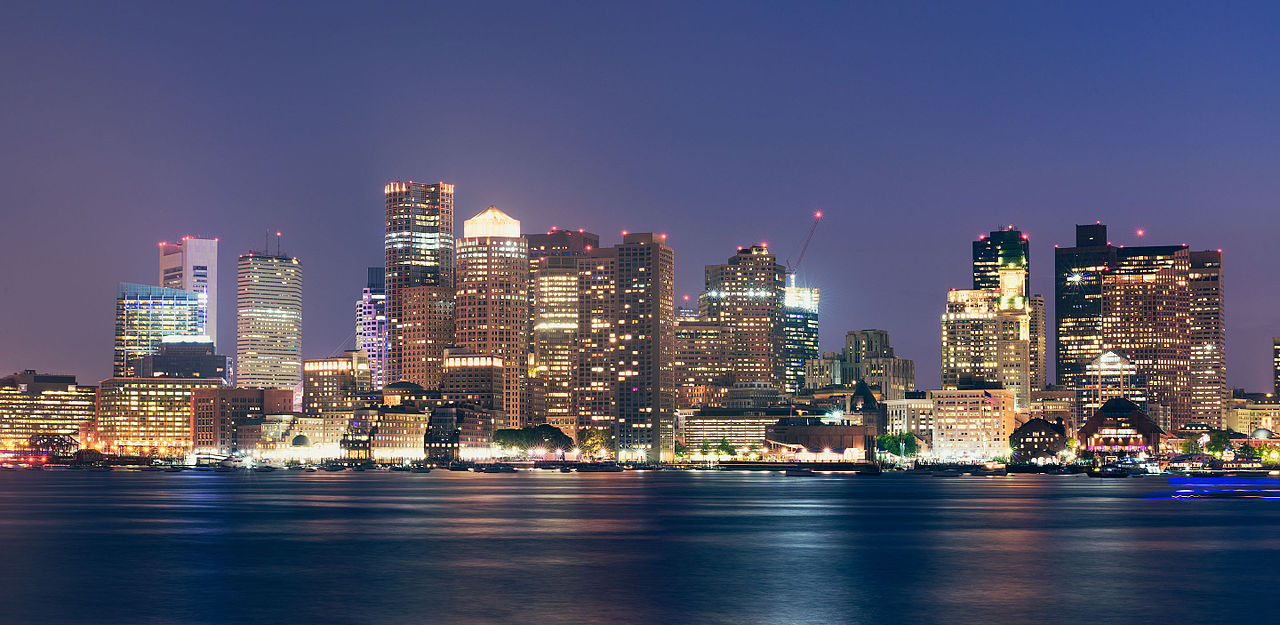
The Boston–Cambridge–Newton metropolitan area, with a population of nearly 5 million people, is a leading center of education, innovation, and culture in the northeastern U.S. Boston, one of the oldest cities in the country, is home to prestigious universities such as Harvard University and the Massachusetts Institute of Technology (MIT), making it a global hub for research and development. The city is also known for its rich colonial history, including the Boston Tea Party site and the Freedom Trail. In addition to its historical significance, Boston has a thriving economy based on finance, healthcare, and technology. The metro area’s residents enjoy a blend of old-world charm and modern amenities, with vibrant neighborhoods, sports teams, and a robust arts scene. Boston Logan International Airport connects the city to global markets, and the city’s extensive public transportation system is known for its distinctive “T” subway system.
Riverside–San Bernardino–Ontario, CA MSA – 4,688,053
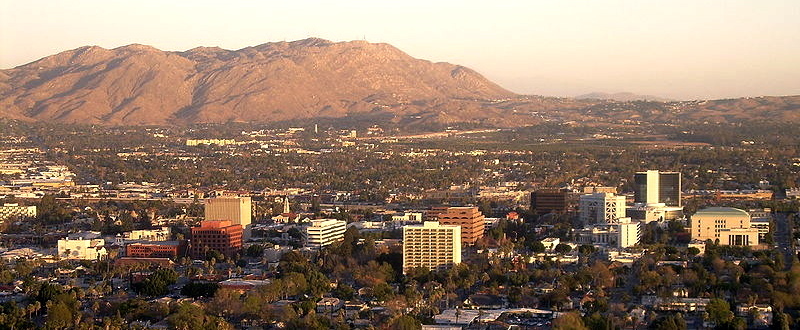
The Riverside–San Bernardino–Ontario metropolitan area, often referred to as the Inland Empire, is located in Southern California and has a population of over 4.6 million people. This region, while closely connected to the larger Los Angeles metro area, has its own distinct character and rapidly growing economy. The Inland Empire is a major logistics and distribution hub, thanks to its strategic location near the ports of Los Angeles and Long Beach. This makes it a key player in the global supply chain, particularly for goods entering and leaving the United States. The area also boasts a growing tech and manufacturing sector, along with attractive housing options compared to neighboring cities. Riverside, San Bernardino, and Ontario offer a mix of suburban and urban living, with abundant parks, outdoor activities, and cultural attractions. The region’s diverse population contributes to a vibrant cultural scene, reflected in its dining, festivals, and community events.
San Francisco–Oakland–Fremont, CA MSA – 4,566,961

The San Francisco–Oakland–Fremont metropolitan area, home to over 4.5 million people, is a major cultural and economic center located in northern California. San Francisco is world-renowned for its iconic landmarks such as the Golden Gate Bridge, Alcatraz Island, and Fisherman’s Wharf. The Bay Area is also home to Silicon Valley, the global epicenter of technology and innovation. Companies like Apple, Google, and Facebook have shaped the region into a world leader in tech, drawing a highly educated workforce. The metro area is also known for its diverse neighborhoods, with each offering its own unique cultural identity. Oakland and Fremont are home to burgeoning arts scenes and a diverse population. The area’s public transit network, including BART, and its proximity to major airports make it an essential transportation hub in the region.
Detroit–Warren–Dearborn, MI MSA – 4,342,304

The Detroit–Warren–Dearborn metropolitan area, with a population of over 4.3 million people, is often referred to as the Motor City due to its pivotal role in the automotive industry. Detroit has long been known as the birthplace of the American automobile industry, with the “Big Three” automakers—General Motors, Ford, and Chrysler—headquartered in the region. While Detroit has faced economic challenges in recent years, it remains an industrial powerhouse and is undergoing significant revitalization. The area has a growing tech sector, a thriving arts and culture scene, and major educational institutions such as Wayne State University. The metro area is also famous for its contributions to music, particularly the Motown sound. Detroit’s public transit system is expanding, and the city is increasingly seen as a city on the rise.
Seattle–Tacoma–Bellevue, WA MSA – 4,044,837
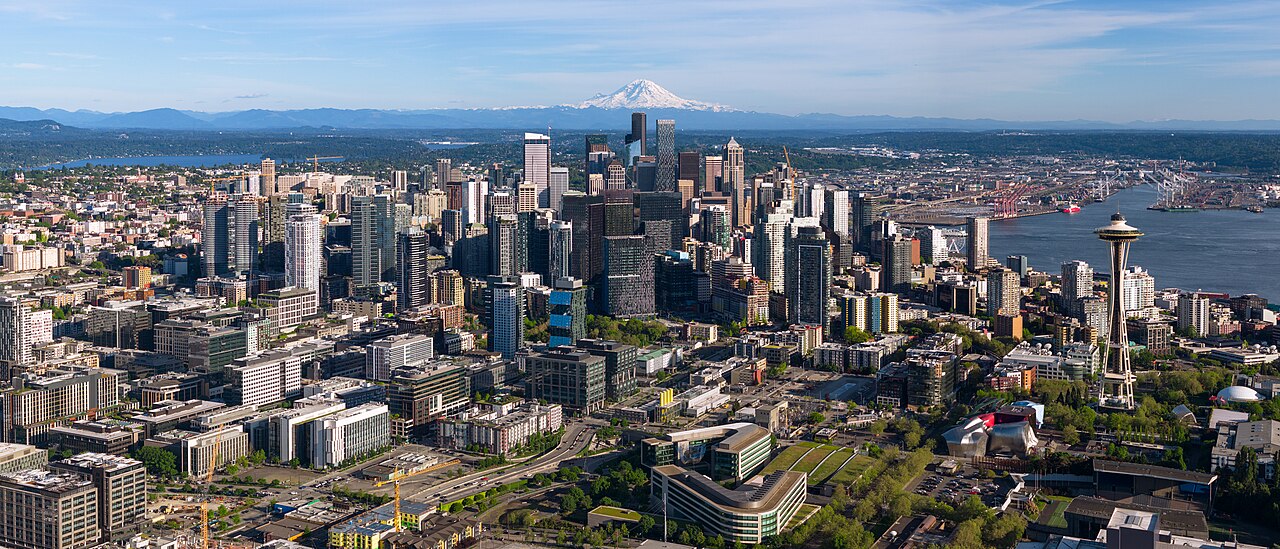
The Seattle–Tacoma–Bellevue metropolitan area, home to over 4 million people, is a major cultural and economic hub in the Pacific Northwest. Seattle is the birthplace of major corporations such as Microsoft, Amazon, and Starbucks, which have shaped the city into a tech and retail powerhouse. The city is known for its stunning natural beauty, with views of the Puget Sound, Mount Rainier, and lush green landscapes. Seattle has a rich arts scene, with iconic landmarks like the Space Needle, the Museum of Pop Culture, and Pike Place Market. Tacoma and Bellevue complement Seattle’s cosmopolitan atmosphere with their own cultural attractions and outdoor activities. The metro area also boasts a thriving food scene, craft breweries, and a commitment to sustainability. Seattle’s location as a West Coast port city makes it a vital link for trade with Asia, while its public transit options, including the Sound Transit rail system, continue to grow.
Minneapolis–St. Paul–Bloomington, MN-WI MSA – 3,712,020
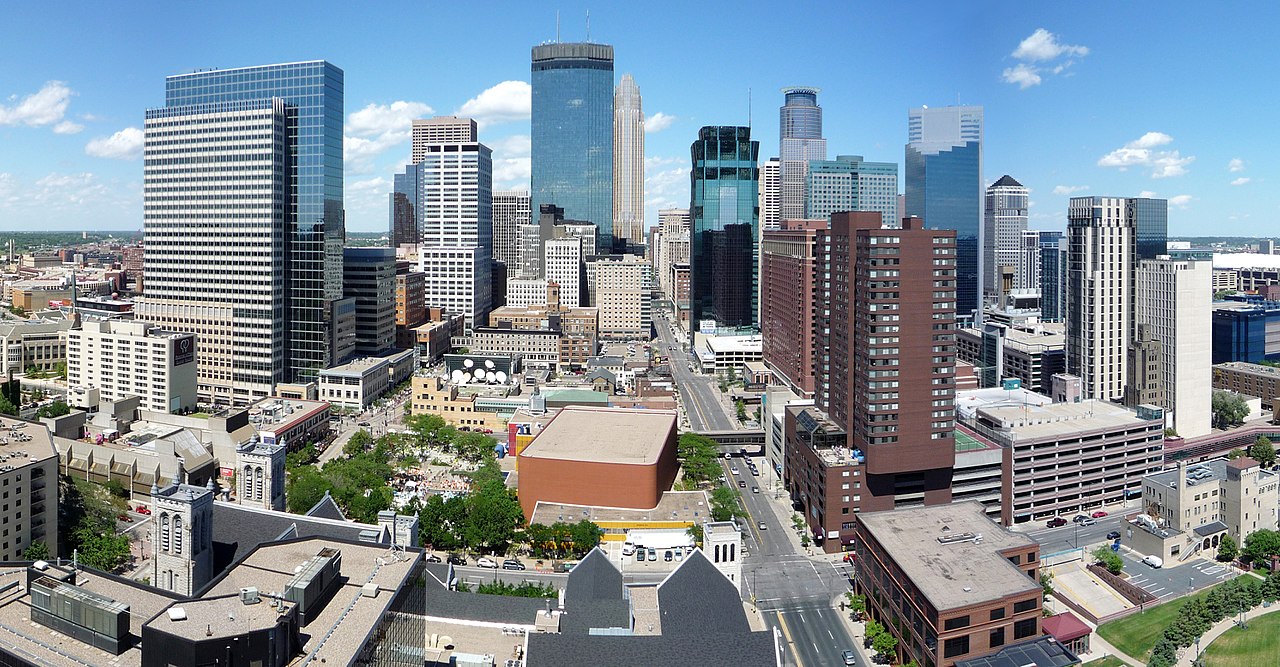
The Minneapolis–St. Paul–Bloomington metropolitan area, with a population of over 3.7 million people, is the largest metro in the state of Minnesota. Known as the Twin Cities, Minneapolis and St. Paul are neighboring cities with distinct characteristics but a shared cultural and economic landscape. Minneapolis is known for its progressive business environment, particularly in healthcare, finance, and technology, and boasts a vibrant arts scene. St. Paul, the state capital, offers a more historic and political atmosphere, with landmarks such as the Minnesota State Capitol and Cathedral of Saint Paul. The metro area is also known for its many lakes, parks, and outdoor recreational activities. The Minneapolis–St. Paul International Airport serves as the region’s major transportation hub, while the metro’s light rail system is expanding to accommodate the growing population.
Tampa–St. Petersburg–Clearwater, FL MSA – 3,342,963
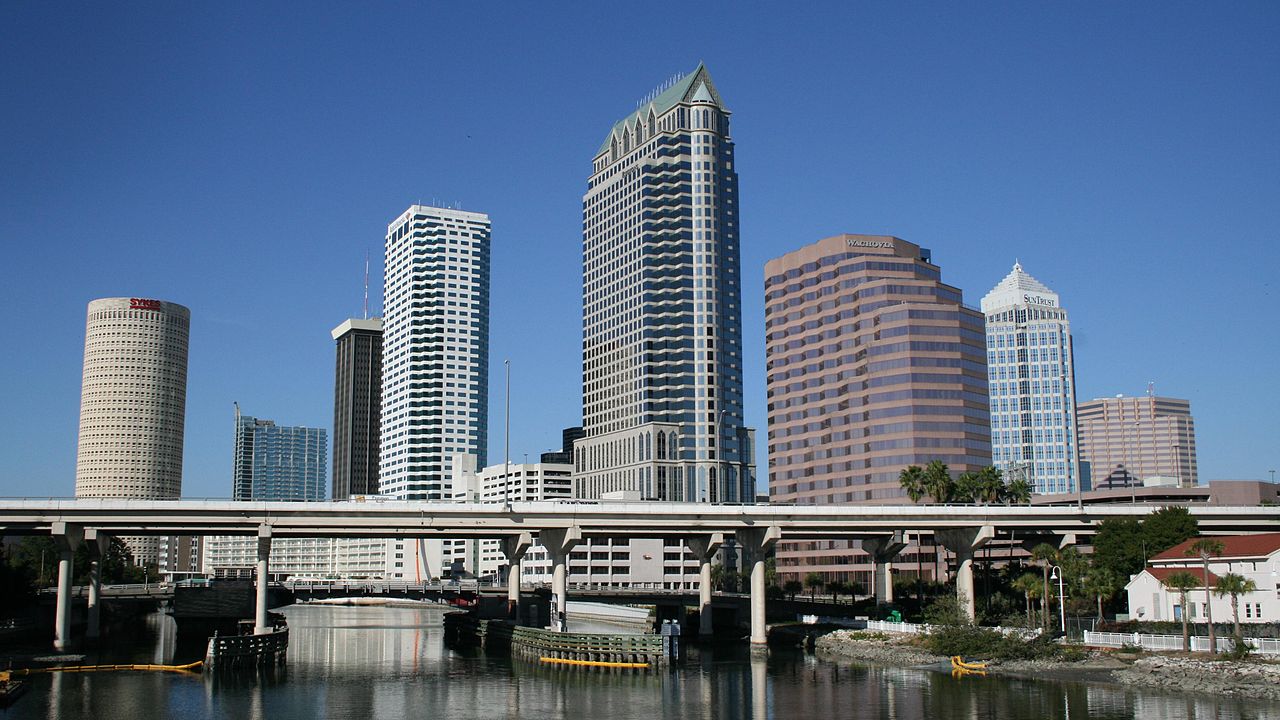
The Tampa–St. Petersburg–Clearwater metropolitan area, with a population of over 3.3 million people, is one of Florida’s most attractive and rapidly growing regions. Located on the Gulf Coast, this metro area boasts beautiful beaches, a warm climate, and a thriving tourism industry. Tampa is a major center for business and commerce, with strengths in finance, healthcare, and shipping. St. Petersburg is known for its art scene, with numerous museums and galleries, while Clearwater is famous for its beaches and resort-style living. The metro area also offers a rich mix of sports, with professional teams like the Tampa Bay Buccaneers and Tampa Bay Rays. The region’s economy continues to diversify, with growing industries such as technology, manufacturing, and logistics. Tampa International Airport connects the area to the rest of the U.S. and the world, while the region’s public transit system continues to develop.
San Diego–Chula Vista–Carlsbad, CA MSA – 3,269,973
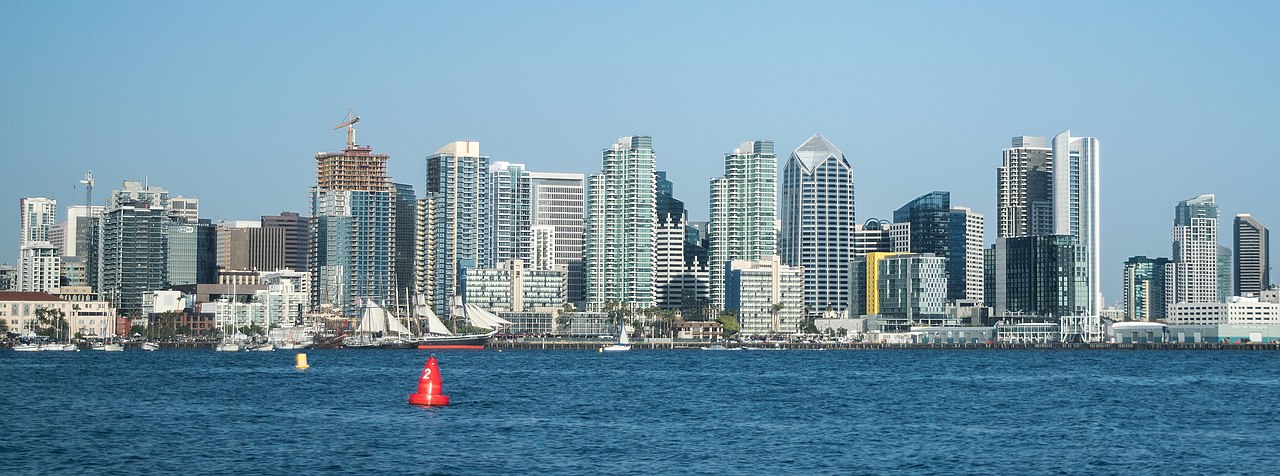
The San Diego–Chula Vista–Carlsbad metropolitan area, with a population of over 3.2 million people, is located in Southern California and is known for its beautiful coastline, ideal climate, and strong economy. San Diego is a major center for military, tourism, international trade, and biotechnology. The city boasts some of the country’s best beaches, including Pacific Beach and La Jolla, and is home to numerous cultural institutions such as the San Diego Zoo and Balboa Park. The metro area also has a growing tech sector, fueled by research institutions like the University of California, San Diego. The close proximity to Mexico and the city’s thriving border economy make it a vital link between the U.S. and Latin America. The city is served by San Diego International Airport, and the regional light rail and trolley systems help ease traffic congestion.
Denver–Aurora–Centennial, CO MSA – 3,005,131
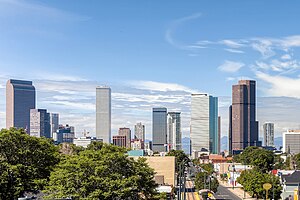
The Denver–Aurora–Centennial metropolitan area, home to over 3 million people, is a major hub in the Rocky Mountain region. Denver, known as the “Mile High City” for its elevation, has a vibrant economy centered on industries such as aerospace, energy, technology, and healthcare. The city offers a blend of urban living and outdoor recreation, with residents able to enjoy skiing in the nearby mountains and hiking or biking in local parks. Denver is also known for its craft beer scene, diverse cultural events, and growing tech community. Aurora and Centennial, both part of the metro, provide suburban living with easy access to the city’s amenities. The region’s major airport, Denver International Airport, is one of the busiest in the country, supporting its status as a transportation hub in the U.S. and beyond.
Baltimore–Columbia–Towson, MD MSA – 2,834,316
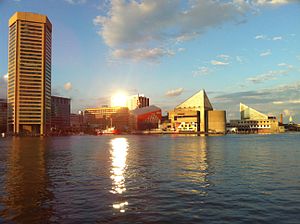
The Baltimore–Columbia–Towson metropolitan area, with a population of nearly 2.8 million people, is located in the mid-Atlantic region, just north of Washington, D.C. Baltimore, the largest city in the metro, is known for its historic waterfront, vibrant arts scene, and iconic landmarks like the Inner Harbor and Fort McHenry. The metro area’s economy is driven by sectors such as healthcare, education, and government, with major employers including Johns Hopkins University and the National Security Agency. Columbia and Towson provide suburban living with access to the city’s amenities and have seen significant development in recent years. Baltimore/Washington International Thurgood Marshall Airport serves as the region’s main transportation hub, and the city’s transit system offers commuter rail and bus services.
Orlando–Kissimmee–Sanford, FL MSA – 2,817,933
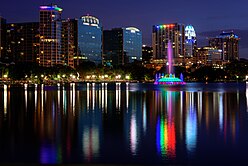
The Orlando–Kissimmee–Sanford metropolitan area, with a population of over 2.8 million people, is internationally known for its theme parks, including Walt Disney World, Universal Studios, and SeaWorld. Orlando is a major center for tourism, and the city’s economy is largely driven by entertainment, hospitality, and real estate. The metro area is also a growing hub for technology and aerospace industries, with companies like Lockheed Martin and Siemens having a presence. Beyond the theme parks, the region offers a range of attractions, including the Kennedy Space Center and the Orlando Science Center. The area is also known for its diverse population and numerous cultural and recreational opportunities. Orlando International Airport is a key gateway for international tourists visiting the region.
Charlotte–Concord–Gastonia, NC-SC MSA – 2,805,115
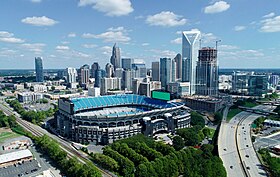
The Charlotte–Concord–Gastonia metropolitan area, with a population of over 2.8 million people, is the largest metro area in North Carolina. Charlotte, the heart of the region, is one of the major financial centers in the U.S., with Bank of America and Wells Fargo having large presences in the city. The metro area is also a leader in transportation, with a robust logistics and distribution industry. In addition to finance and transportation, Charlotte has a growing tech sector, supported by a burgeoning startup scene. The region is also known for its sports, with the Carolina Panthers and Charlotte Hornets drawing large fan bases. Concord and Gastonia provide suburban living with close proximity to the city’s amenities. Charlotte Douglas International Airport serves as a major transportation hub for both domestic and international flights.
St. Louis, MO-IL MSA – 2,796,999

The St. Louis metropolitan area, with a population of nearly 2.8 million people, straddles the border between Missouri and Illinois and is known for its rich history, sports, and cultural institutions. St. Louis, the largest city in the metro, is famous for the Gateway Arch, which symbolizes the westward expansion of the United States. The city’s economy is driven by industries such as aerospace, manufacturing, and healthcare, with major employers including Boeing, Anheuser-Busch, and Washington University. The area has a vibrant arts scene, with theaters, museums, and music venues, and is also home to professional sports teams like the St. Louis Cardinals and St. Louis Blues. St. Louis Lambert International Airport is the region’s primary airport, connecting the area to domestic and international destinations.
San Antonio–New Braunfels, TX MSA – 2,703,999

The San Antonio–New Braunfels metropolitan area, with a population of over 2.7 million people, is located in central Texas and is known for its rich cultural heritage, particularly its connection to Mexican-American history. San Antonio is home to the Alamo, one of the most iconic landmarks in the U.S., and its historic district attracts millions of tourists every year. The city has a diversified economy, with sectors such as military, healthcare, and tourism playing key roles. San Antonio’s economy has also seen growth in technology and biosciences. New Braunfels, a smaller city within the metro, is known for its German heritage and outdoor activities, including the Guadalupe River. San Antonio International Airport connects the region to other major cities in the U.S. and beyond.
Portland–Vancouver–Hillsboro, OR-WA MSA – 2,508,050
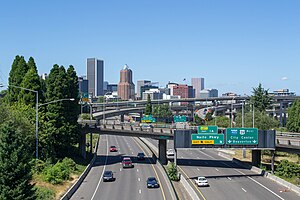
The Portland–Vancouver–Hillsboro metropolitan area, with a population of over 2.5 million people, spans across Oregon and Washington. Portland, the largest city in the region, is known for its eco-friendly culture, vibrant arts scene, and thriving tech industry. The city has a reputation for sustainability, with initiatives focusing on public transportation, green spaces, and renewable energy. The metro area is also a center for the manufacturing and semiconductor industries, with companies like Intel and Nike headquartered nearby. Vancouver, located just across the river in Washington, offers a suburban environment with easy access to Portland. Hillsboro, in the western part of the metro, is home to a growing high-tech sector. The region is served by Portland International Airport, a key hub for the Pacific Northwest.




